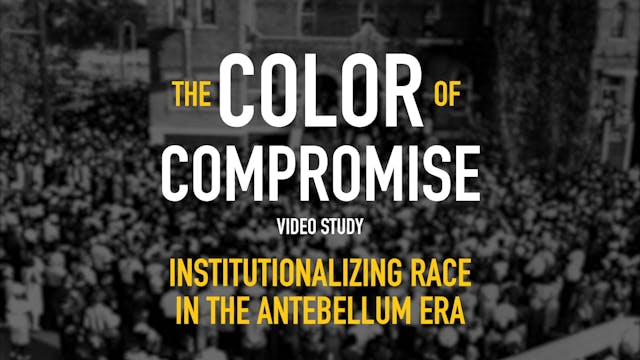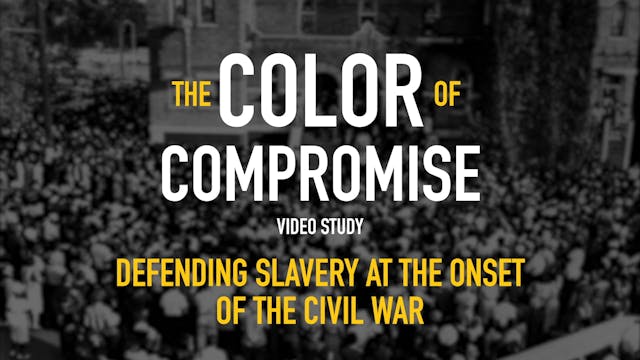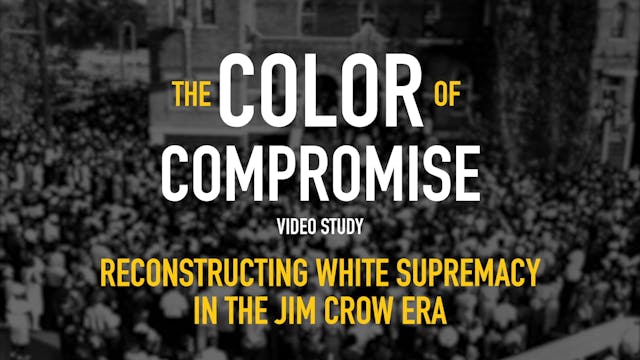The Color of Compromise - Session 3 - Understanding Liberty in the Age of Revolution and Revival
The Color of Compromise
•
20m
The American church compromised with racism in the eighteenth century by permitting slavery to continue. Clergymen like George Whitefield and Jonathan Edwards typify the contradiction of American Christianity: they attempted to treat the people they enslaved humanely, yet they still acquiesced to slavery, even practicing it themselves. In fact, it was racism in the white church that gave rise to the first historically black Christian denomination, the African Methodist Episcopal Church (AME).
Up Next in The Color of Compromise
-
The Color of Compromise - Session 4 -...
The antebellum period was a time of compromise and complicity. During this time, many Christians engaged in evangelism to enslaved and freed blacks. The black church grew, laying the foundation for a distinctive tradition that would stand at the center of the black freedom struggle for the next c...
-
The Color of Compromise - Session 5 -...
During the Civil War, pastors and theologians supported the Confederacy by providing theological ballast and biblical backing for the continuation of slavery. They prayed over the troops, penned treatises on the inferiority of black people, and divided denominations such as the Methodists, the Ba...
-
The Color of Compromise - Session 6 -...
In the South after the Civil War, the Christian-Confederate connection was visible in public spaces and in houses of worship in their monuments, memorials, and ceremonies. The Ku Klux Klan emerged, fusing Christianity, nationalism and white supremacy into a toxic ideology of hate. Jim Crow laws, ...



